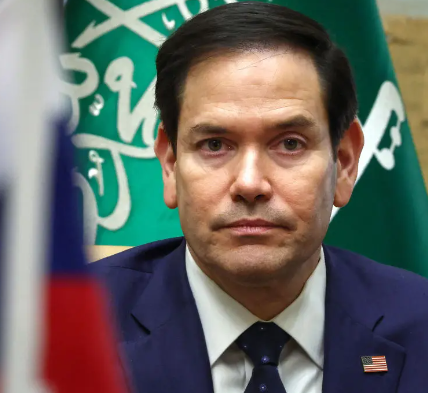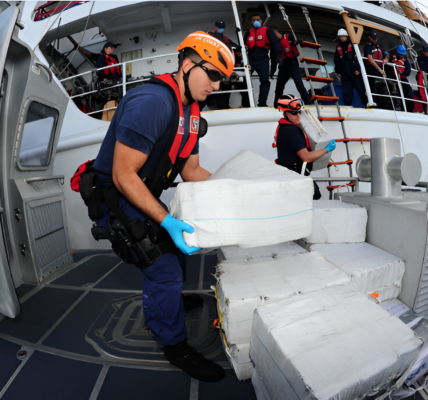
In Gaza, where joy and sorrow often intertwine, Wafaa Awajah’s family celebrated Eid in a way that few could truly understand—amid the remnants of a home destroyed not once, but twice in recent years. As we gathered in their modest caravan in Beit Lahiya, I quickly became aware of the heavy toll that war had taken on this family.
Wafaa’s brothers, all marked by the scars of violence, shared their stories with a kind of matter-of-factness. One brother had been injured by an Israeli soldier. Another had suffered wounds from the army, and yet another recalled a moment when a settler had deliberately hit him with his car while he was riding his bike. A fourth had been imprisoned by Hamas—twice, he joked, “for speaking too much.” Amidst all this, Wafaa passed around a tray of chilled drinks and bowls of sweets, offering some semblance of tradition as they celebrated Eid al-Fitr, marking the end of Ramadan.
Despite the celebration, the pain was undeniable. Their home, once destroyed in the 2009 war, rebuilt in 2013, and then leveled again in the 2014 conflict, lay in ruins a few meters away. This family, like so many others in Gaza, has learned to live with destruction and rebuild in the face of constant loss.
The children, however, still found moments of joy. Little Ibrahim, at only three years old, entertained himself with a toy gun, reenacting the conflict he had never truly known—except in the stories passed down to him. “Hold the fire! Hold the fire!” his toy gun barked in broken English as he crouched in the sand, mimicking the soldiers he had heard about. Ibrahim’s sister, pointing at the toy gun’s tank-shaped soldier, said, “That’s the Israelis, not Hamas.” But Ibrahim, with the innocence of a child, insisted that the gun was Hamas, never quite grasping the complexities of the war that surrounds him.
The next day, as I lay with Wafaa’s daughters, Omsiyat and Hala, on a mattress atop the rubble of their destroyed home, the breeze offered little relief from the oppressive heat inside the caravans. My broken Arabic allowed me to catch snippets of their stories—their experiences during the war, their fears for the future—but I couldn’t fully understand the depths of their trauma. We didn’t talk much, but there was comfort in simply being present with them amidst the wreckage.
Later, Wafaa asked to watch a video I had filmed six months earlier, showing her in tears atop the ruins of their home. As we watched the footage, her daughter Zikriyat became overwhelmed and ran off, unable to bear the sight of her mother’s tears. Wafaa, who rarely showed emotion, explained with quiet sorrow, “It was because I was crying.”
As the family toured the rubble of their home, Wafaa pointed to a small, battered olive tree growing from the wreckage. It had been planted by her son Ibrahim, who would be 15 now, had he not been shot and killed by an Israeli soldier in 2009. The tree had survived the destruction of the house—its resilience offering a bittersweet connection to a son lost too soon. When Wafaa had discovered the tree’s survival, she found a small piece of it still alive, a symbol of hope amidst the devastation.
On the second day of Eid, Kamal, the father, took the children to a restaurant in Gaza City and later to the Unknown Soldier park. The children played on old, rickety rides, laughed, and sang. Kamal smiled, watching his youngest son Ibrahim kick his legs in joy as he swung higher. “You see?” he said, with relief in his voice. “Ibrahim has forgotten all about Hamas and the Israelis.” In that moment, the fleeting joy of the Eid celebration seemed to offer a brief respite from the horrors of war—a precious memory for a family living amidst constant conflict.




